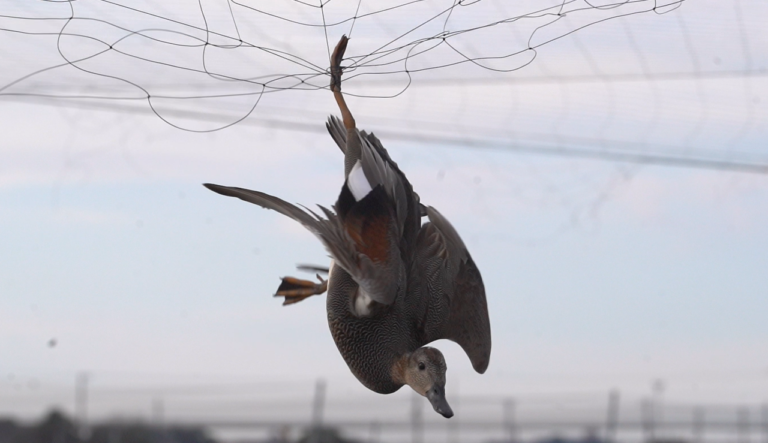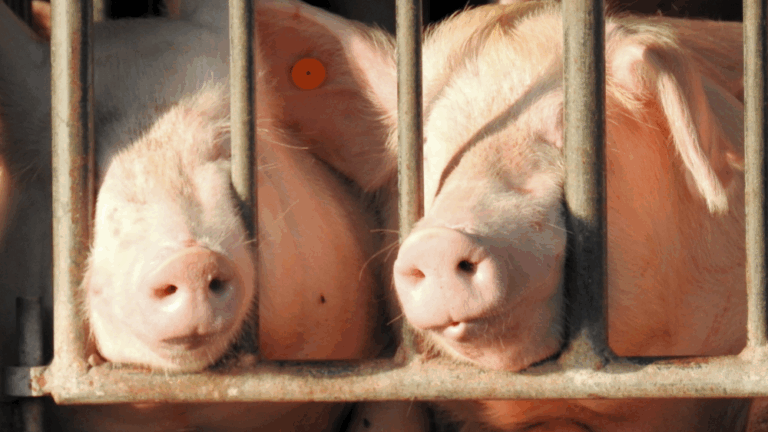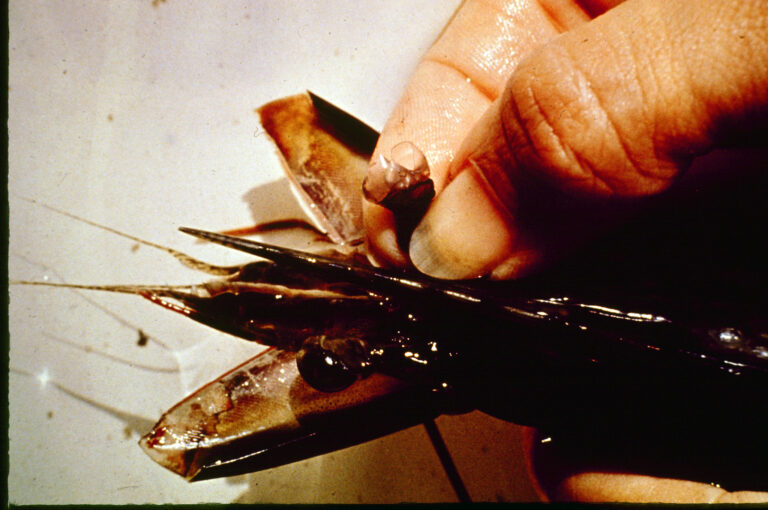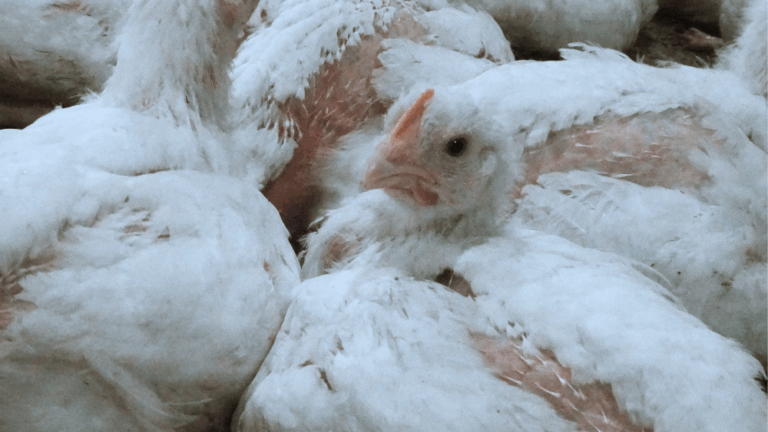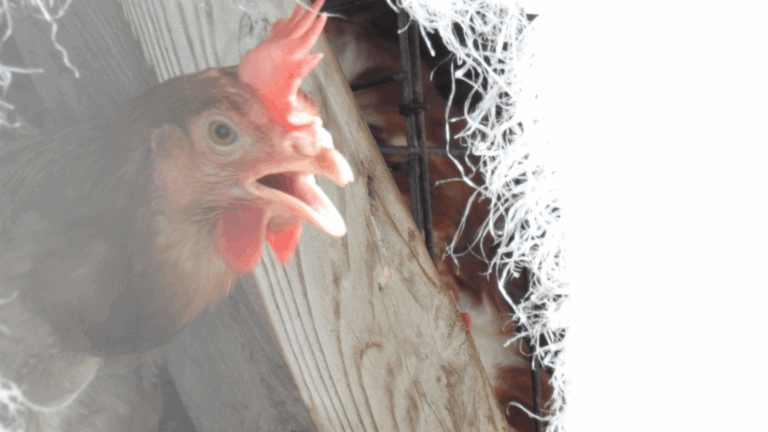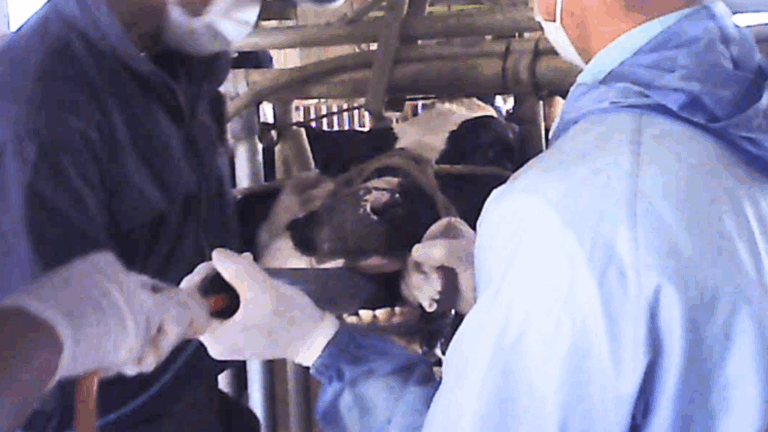The Animal Rights Center Japan (ARC) has been working with the Ibaraki Prefectural Government to address bird damage to lotus root crops in the Kasumigaura area of Ibaraki Prefecture,
We have been working on this issue for 14 years, including submitting written requests. Why can’t this problem be solved? The issue of agriculture and food damage tends to be discussed in the direction of how to utilize the exterminated animals (for food and leather) in a non-wasteful manner, rather than focusing on reducing the extermination itself. The problem of animals that cannot be utilized in business tends to be neglected. What can be done to address this issue effectively? On March 23, 2023, ARC held a meeting with the Ibaraki Prefectural Government to discuss the damage to wild birds caused by lotus root cultivation. The prefectural government had three people in charge and three others, for a total of six participants, and the Animal Rights Center had two.
Prefectural government’s measures to prevent bird damage is distribution of flyers
The Ibaraki Prefectural Government is currently distributing leaflets on specific measures to prevent damage caused by eating lotus roots in consideration of bird damage. The content of the flyers is reasonable, recommending direct placement of nets, etc., but the current situation is that the effectiveness of these measures has not yet been visibly demonstrated. We believe that the reason for the ineffectiveness of the flyers is that they are often distributed face-to-face to farmers with whom the prefectural government has had contact, and they are not distributed to all lotus root farmers. However, the prefectural government explained that due to the nature of a government office, they are unable to do anything more than that.
Uncertain effectiveness of “light” prevention measures
In discussions with the prefectural government, it was explained that in the future they are considering the introduction of a virtual net system that would replace the netting and keep wild birds away by using light. The Animal Rights Center has concerns about this, given the adaptability of wild birds, that there is a credibility problem with the effectiveness of the system in general terms, and that spending money and time on this study may slow down the resolution of the problem.
Are there any prevention measures other than flyers?
According to prefectural government officials, there are currently “no measures” other than the steady awareness-raising campaign of distributing flyers. Consumer complaints about this issue have been pouring into the prefecture, and they seemed to be troubled by the fact that this sometimes strains their official duties, but there is a limit to what the prefecture can do, and no progress has been made on countermeasures.
Bird nets that do not prevent wild birds from flying in the first place.
The Ibaraki prefectural government’s agriculture and environment departments are in charge of this matter, but overwhelmingly the issue is being considered as a problem of agricultural management. Therefore, we understand that the prefecture’s first priority is to secure the income of lotus root farmers. However, wild birds fly into lotus root fields, enter the net through the gaps, especially the open sides, eat plants on the water surface, and are caught inside the net at the ceiling when they fly away. In other words, the fact that wild birds continue to get caught in bird nets indicates that the feeding damage is not being prevented in the first place.
How does the prefecture, which is obligated to promote sound agricultural operations, understand this half-baked situation? Even with the current bird netting, if the lotus root fields were completely covered with netting on the sides as well as the ceiling, there would be no feeding damage from wild birds, nor would wild birds enter and get caught in the ceiling. There seems to be opposition from farmers regarding the cost involved. However, considering the risk of this issue spreading further and consumers developing a negative perception of lotus root from Ibaraki Prefecture, convincing them that bearing the cost is crucial for the sustainability of lotus root cultivation in the prefecture is, in our opinion, the role of the prefectural government in maintaining sound agricultural management within its jurisdiction.
In other prefectures, lotus root cultivation is conducted without the use of bird nets. In this regard, the prefectural government argues that the number of wild birds flying into lotus root fields in Ibaraki Prefecture, which are spread out along the bird habitat of Kasumigaura, is different. That is true. As you can see when you visit the site, the lotus root fields are spread out within the vast bird habitat of Kasumigaura. Therefore, it is only natural that there should be an awareness of the issue of protecting wild birds in Ibaraki Prefecture, where lotus root fields coexist with their natural habitat. However, in this discussion, we did not hear any rational response from the environmental department.
To do so half-heartedly on this issue will definitely not protect the livelihood of farmers. Is it so difficult to put up bird nets all the way to the sides or to change to direct-placement nets that cause less damage to wild birds? The prefectural government, which has repeatedly stated that there is nothing more they can do, should at least indicate how much they aim to improve the situation by when. Kasumigaura in Ibaraki Prefecture is close to the center of Tokyo and is a production area blessed with good logistics. Lotus root cultivation is an agriculture that heavily relies heavily on the natural environments utilizing wetlands. It is important to view the continued practice of overpowering nature and animals as a significant issue concerning the purpose of this industry. If the prefectural government continues with its misguided approach, it will greatly jeopardize the sustainability of local agriculture.
The Animal Rights Center has already proposed a method to prevent damage to wild birds in the lotus root fields. If the word gets out and the rate of implementation increases, the problem will begin to move in the direction of a solution. Is distributing flyers really the only way to achieve this? Can’t we take this one step further? Awareness surveys show that the low level of consumer awareness is one of the reasons for the prolonged problem. However, we also know that many people respect biodiversity and animal life and want to reduce bird damage. We will continue to work on this issue together with you.


